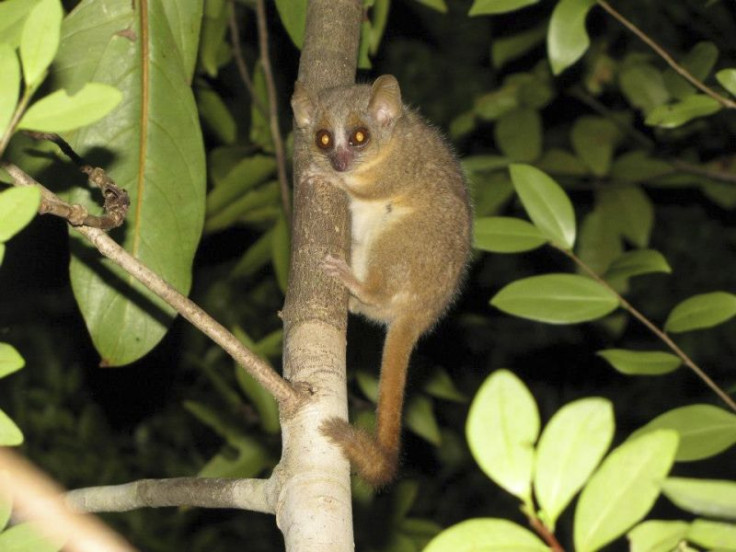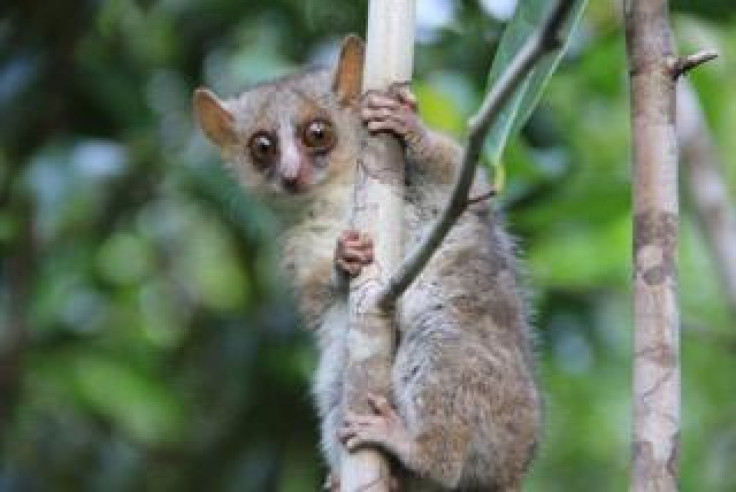Madagascar: Three new species of mouse lemur discovered

Three new mouse lemur species have been discovered in Madagascar. The find means there are now 24 known species of mouse lemurs. Twenty years ago, there were only two.
Lemurs are one of the most threatened groups of vertebrates on Earth. The IUCN (International Union for Conservation of Nature) Red List says 94% of lemurs are threatened with extinction. Scientists have been measuring their population numbers to understand the best approaches for conservation.
"From a conservation perspective, knowing what's there is important," said Scott Hotaling, lead author of the research published in Molecular Ecology. "These animals are facing diminishing habitats and tremendous pressures."
Researchers from the University of Kentucky sampled 16 mouse lemurs in Madagascar to see if they were genetically different from currently known species. They used recently developed statistical modelling to find genetic differences between individuals. The scientists found three new species of mouse lemur within the 16 individuals. Microcebus ganzhorni was named after Jörg Ganzhorn from Hamburg University, a researcher heavily involved with the protection of mouse lemurs.
A second species, Microcebus manitatra, represents the expanding range of mouse lemurs in western Madagascar. Finally, Microcebus boraha, was named after the Island of Nosy Boraha; where the species was found. The island is located in north-east Madagascar and is also known as Île Sainte-Marie.

The researchers say their statistical model for identifying these new species could have a big role to play in characterising species diversity. "By using new, objective methods to assess genetic differences between individuals, we were able to find independent evidence that these three mouse lemurs represent new species," said Peter Kappeler, one of the study authors.
"The genetic techniques we used could facilitate species identification, thus also contributing to further new descriptions in other animal groups."
Future studies will continue to assess the unique ecological and behavioural traits of mouse lemurs, say the researchers. They add that using their method for establishing differences in individuals will limit criticism of future species grouping, and can make the process of identification quicker.
© Copyright IBTimes 2024. All rights reserved.







